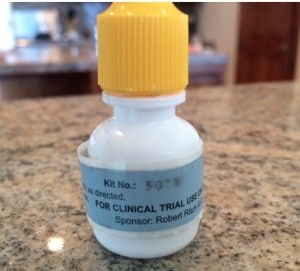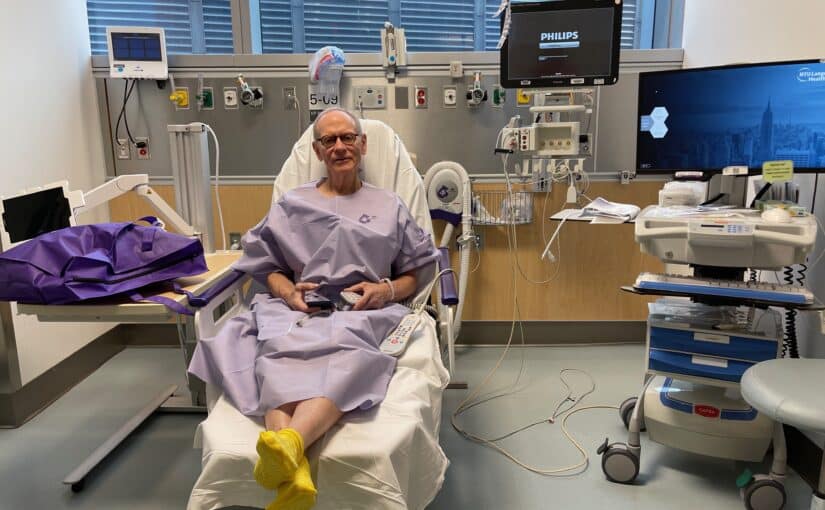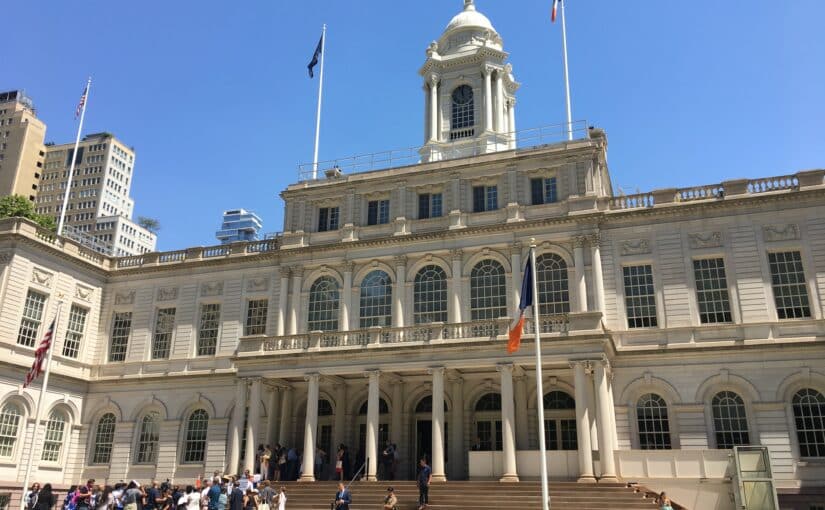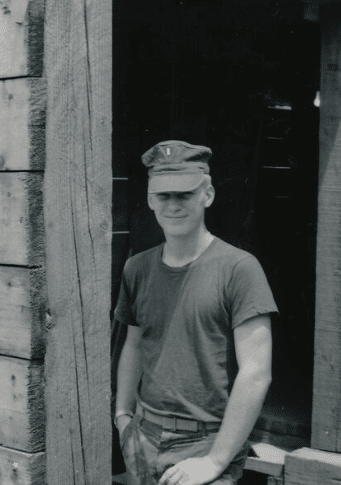by Nick Taylor
American patients can’t always go to their local pharmacy to get the drugs they need. Some of us end up searching the world over for effective drugs we can’t buy locally because of endless clinical trials and the glacial bureaucracy of the Federal Drug Administration.
This caution aims to make sure the drugs that reach the market are safe, but the process needs streamlining. Because it’s not, I had to find my prescription in Asia. Awhile back I wrote of my frustration over being in a glaucoma eye drop drug trial when Aerie Pharmaceutical, the company that made the drug, changed its formula in the middle of the trial despite promising results.
A new trial started that I couldn’t join because the new formula added timelol, a beta blocker I can’t tolerate, to the rho-kinase inhibitor. I wouldn’t necessarily get the drop with added timelol, but it was a blind study so there was no way to tell.  To go back: doctors prescribe rho-kinase inhibitors to combat hypertension and cardiovascular disease. In an eye drop, they reduce intra-ocular hypertension just as they do high blood pressure. It’s elevated pressure on the optic nerve that signifies glaucoma, and if untreated eventually causes blindness. I wrote at the time that my ophthalmologist, Dr. Robert Ritch, had given me a six-month supply of the old ROCK drop, as they call it.
To go back: doctors prescribe rho-kinase inhibitors to combat hypertension and cardiovascular disease. In an eye drop, they reduce intra-ocular hypertension just as they do high blood pressure. It’s elevated pressure on the optic nerve that signifies glaucoma, and if untreated eventually causes blindness. I wrote at the time that my ophthalmologist, Dr. Robert Ritch, had given me a six-month supply of the old ROCK drop, as they call it.
Taking it had brought my intra-ocular pressure down a good 10 points, from the 20s into the teens. It had been as high as 38. The eye doctor who made the initial diagnosis said, “That is not compatible with vision.”
In the trial, I took the ROCK drop only in my right eye, once a day at night. But because rho-kinase inhibitors affect cell function – they’re thought to attack the cause of elevated pressure and not just the pressure itself – my left eye saw a pressure reduction, too.
More importantly over time, Dr. Ritch and his colleagues at Glaucoma Associates in New York, where I’m a patient, believe the ROCK drop may permanently relax the mesh at the back of the eye and allow better drainage. It’s the blockage of this mesh that traps fluid and raises the pressure in my type of glaucoma. That is pseudo-exfoliation syndrome; the blockage occurs because a substance akin to dandruff is sloughed off when the pupils dilate and contract. It’s the leading cause of open-angle glaucoma, which affects as many as 70 million people around the world.
As my supply of the original ROCK drop dwindled, I wondered how I would preserve the good results I’d experienced. My treatment team at Glaucoma Associates told me about the Mimaki Family Pharmacy, a Japanese drug supplier operating out of Singapore that sells a ROCK drop.
It turns out that what is an experimental drug in the United States is, like many others, routinely dispensed elsewhere. I quickly found the Mimaki Family Pharmacy on the Internet. The company offered Glanatec, a ROCK drop made by Kowa Pharmaceuticals in Japan, in single 5 milliliter bottles for $67.6 or five of them for $338.25. The larger order included free shipping, so that’s what I did. The drops arrived neatly packaged from Japan about a week later.
The Glanatec drop has a lower percentage of active ingredient than the Aerie Pharmaceutical trial drops, .4 percent versus .5 or .7 percent. I was on the .7 percent version, so the strength is cut almost in half. That means I’ll increase the dose from once to twice a day. I’ll get my next pressure check in May, and will post the results.




Hi NIck,
May has come and gone? How did IOP test go? have you reordered?
I did reorder, and my pressure remained at manageable levels — high teens, low 20s. But recently I started getting skin crusting and irritation around the inner part of my right eye. I was using Glanatec only in that eye and thought that was probably the cause. My ophthalmologist told me to stop, give it some time and come in for a pressure check. That will happen Friday, and I’ll post the result then.